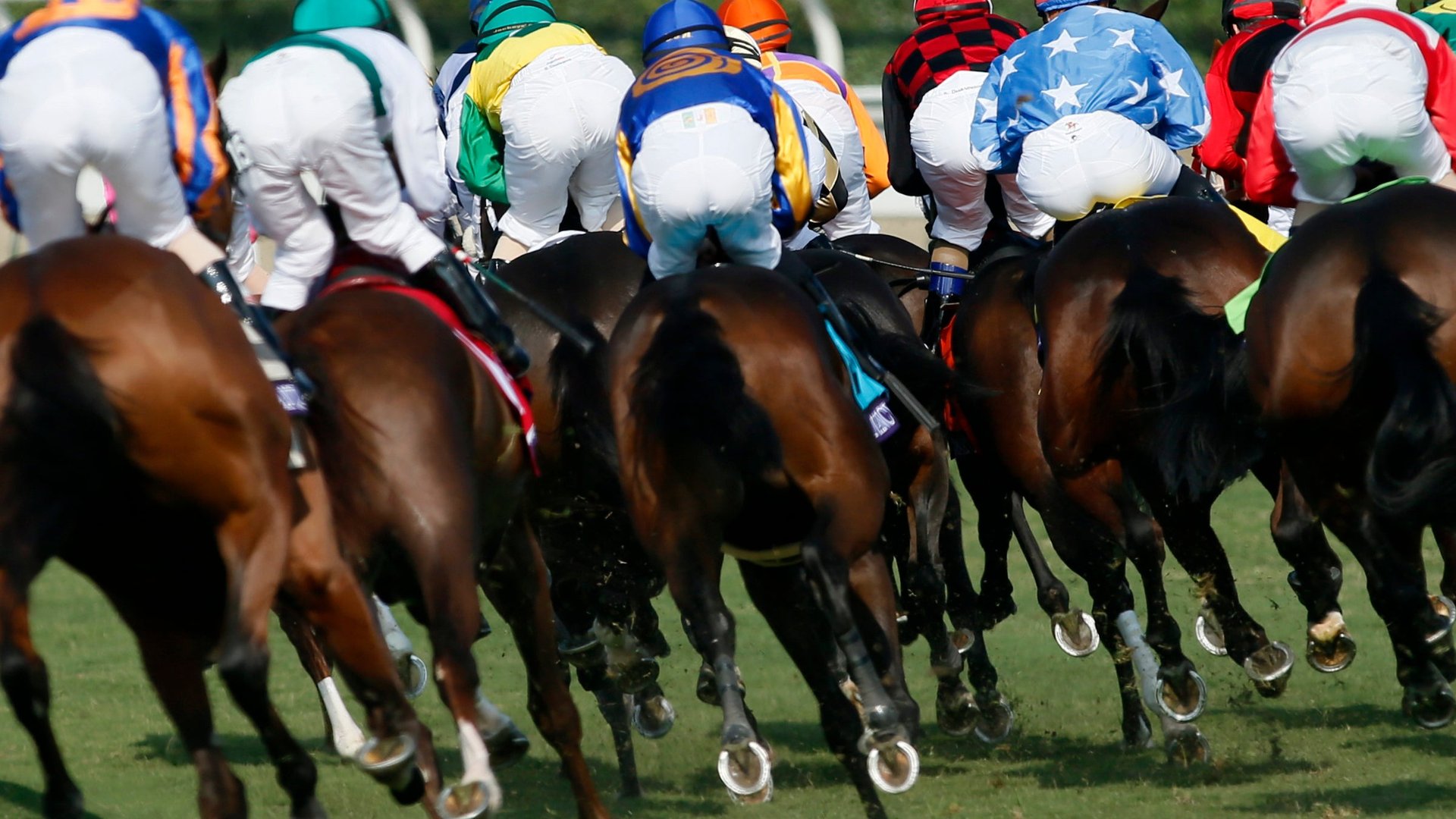Racehorses are the latest frothy alternative investment for the rich
The most expensive horse ever sold at a European auction is barely a year old, has never been raced, and has yet to even be named. But lot number 253—as the horse was referred to at auction—just fetched a record £5 million ($8 million). So what makes the filly such a prized possession?


The most expensive horse ever sold at a European auction is barely a year old, has never been raced, and has yet to even be named. But lot number 253—as the horse was referred to at auction—just fetched a record £5 million ($8 million). So what makes the filly such a prized possession?
The price tag partly boils down to her immaculate heritage; she is the daughter of famous racehorses Galileo and Allurring Park, both of which are revered in racing circles.
But heritage only gets a filly so far. The performance of top thoroughbred horses is notoriously dicey. For example, Sheikh Joaan Al Thani of Qata, purchased his French thoroughbred racehorse, Treve, for a reported $8 million earlier this year; Treve went on to win the prestigious Prix de l’Arc de Triomphe in Paris, netting the sheikh £2.2 million ($3.5 million) on his investment. On the other hand, the Green Monkey, a stallion descendant of two Kentucky Derby winners, which sold for a then-record of $16 million in 2006, had to be retired early after it proved to be a massive flop.
A more predictable price gauge for racehorses, it seems, is the fluctuating fortunes of the rich. ”People buy a horse when they have extra cash to spend,” a thoroughbred auction director told CNBC in May. “And I think right now, they have more extra cash.”
Racehorse sales on the whole have risen sharply over the past year, following buoyant stock and asset prices. Sales of thoroughbreds this year have totaled over $250 million, up 23% from last year and the highest since 2008. The average thoroughbred has sold for over $130,000 this year, a more than 30% uptick from last year.
Similar to its crop of buyers, the industry’s top end has proved especially resilient. “There has been no recession, maybe a little bit at the bottom end, some of the smaller breeders, some of the city boys that are in little syndicates, maybe they have held back a bit, but for the big horses at the top end, the market is very healthy,” horse-buying expert Alastair Donald told NBC news.